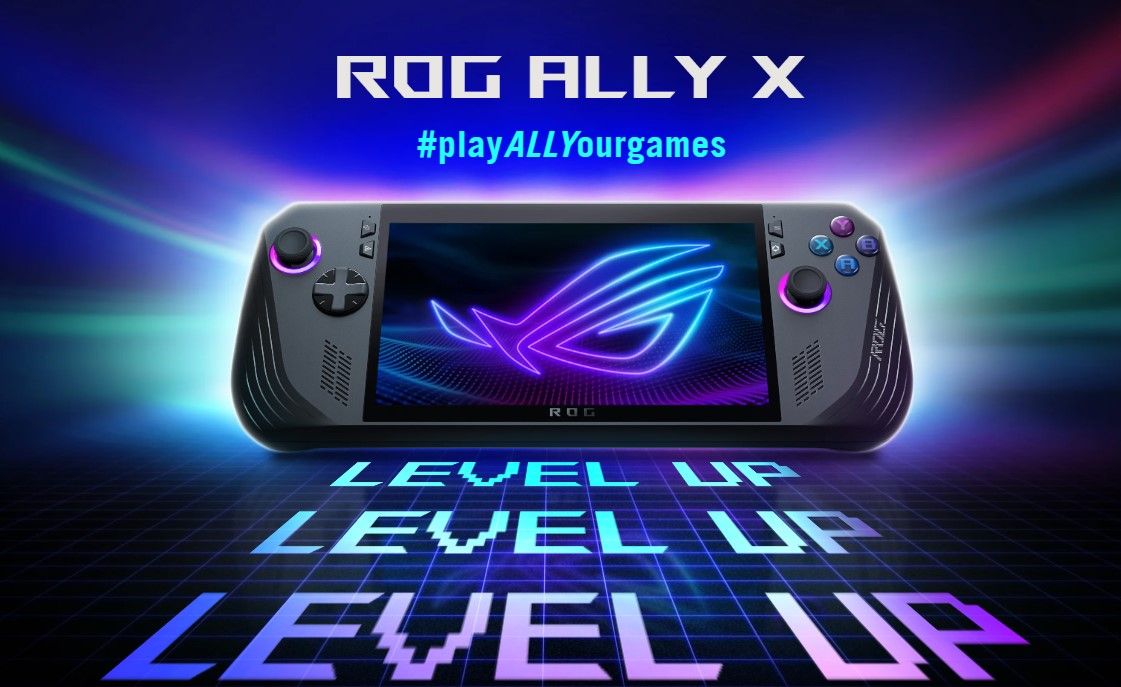From www.phonearena.com
The long-awaited Apple Watch Ultra 3 that was initially scheduled for a release concurrent with the iPhone 16 series may be delayed by two years. No, not that run-of-the-mill Ultra, but the one with a groundbreaking microLED display that will give a great boost to the Apple Watch line battery life and display brightness, two of the most important specs the company needs to work on for its otherwise top-notch rugged timepiece. How come?
Apple and microLED displays
Cost futility
Apple has been investing in microLED research and development for years in the hope that the technology would one day be able to replace the OLED panels for which it now depends mostly on Samsung and LG.
The Korean Institute for Information & Communication Technology Promotion has issued an analysis how the microLED display switch may impact Samsung or LG’s display businesses. It says that there might be an initial drop in orders as Apple is developing the superior screen technology in-house, but then it could outsource the production to LG or Samsung and make up for it.

As part of its display technology and supplier diversification efforts, Apple has been pushing ahead with the development of its own microLED technology with which it plans to gradually offset its OLED panel dependency from Samsung, LG, BOE, or whatever future component suppliers it manages to source.
Apple is supposed to start equipping its Watch Ultra series with microLED panels first, just like it did during the OLED screen transition. This should’ve happened this year, and, after probing the microLED technology performance in action, Apple should’ve then moved to replace the OLED panels of its iPhones and even iPads with microLED ones.
As mentioned, the advantages of the microLED technology are numerous, such as a much lower power draw, hence longer battery life with the same battery pack capacity compared to OLED screens. They are also brighter on average and have the near infinite contrast of current OLED displays, so why wouldn’t Apple just go for microLED?

MicroLED displays have more frugal and luminant structure
$1500 for a microLED Apple Watch?
microLED 2-incher > 15 Pro Max 6.7-incher
We will save you the suspense. Apple will have to nearly double the retail price of the Watch Ultra 3 if it decides to release it with a microLED display instead of the current OLED panel. Apparently, it is exactly thе inability to lower the microLED display price of an upcoming Apple Watch Ultra with the novel screen technology that will delay its release. The same goes for all other Apple devices it is planning to equip with microLED screens, like iPads, iPhones, and even Macs.
Apple reportedly scaled down its microLED ambitions to just debuting it on a Watch Ultra 3 together with the iPhone 16, since making such displays at scale proved more difficult than expected. A white paper by the MicroLED Industry Association that first detailed the viability of microLED displays for wearables came up with the conclusion that such an Apple Watch Ultra 2 might cost twice what the current Apple Watch Ultra OLED display commands.
When is a 2-inch screen more expensive than a 6-incher?
A newer research summarized by The Elec, however, paints a way more prohibitive difference in costs. According to market research firm Omdia, the display manufacturing cost estimates for an Apple Watch with 2.13-inch microLED panel that has 325 PPI density, a 10 micrometer chip, and 80µm pixel spacing would be $115.
Korean display industry insiders, however, tip that local companies have run a microLED panel manufacturing simulation and came up with an even higher number at $150 apiece. Compare that to the $38 Apple is paying for the Watch Ultra 2 OLED display now, and you’ll see why the team from Cupertino is hesitant to move along with the initial 2024 release plan.
Going with Apple’s typical MSRP strategy means that it will have to release an Apple Watch Ultra 3 with microLED display at $1500 or so instead of the current $799. Thus, the sales team from Cupertino may have rightfully concluded that there won’t be that many customers for its timepiece at a price point that beats the iPhone 15 Pro Max starting tag.
In fact, Apple would be paying LG Display, Epistar, OSRAM, TSMC, Luxview and all other suppliers involved in its microLED screen supply chain more for a 2-inch Apple Watch panel than it currently pays Samsung or LG for the 6.7-inch displays of its iPhone 15 line that cost $120 at most.
Summary
Don’t wait with bated breath
Long story short, don’t hold your breath for Apple microLED display devices any time soon, be they only in the Watch Ultra line. A microLED iPad or a microLED iPhone are even further down the road, barring any surprise manufacturing cost breakthrough.
Until then, we’d probably have to get comfortable with the comparatively short Apple Watch series battery life where the official “up to 36 hours with normal use” specification isn’t even close to reality.
[ For more curated Apple news, check out the main news page here]
The post MicroLED Apple Watch Ultra 3 to cost more than iPhone 15 Pro Max so don’t hold your breath first appeared on www.phonearena.com



/cdn.vox-cdn.com/uploads/chorus_asset/file/25546607/image__21_.png)









